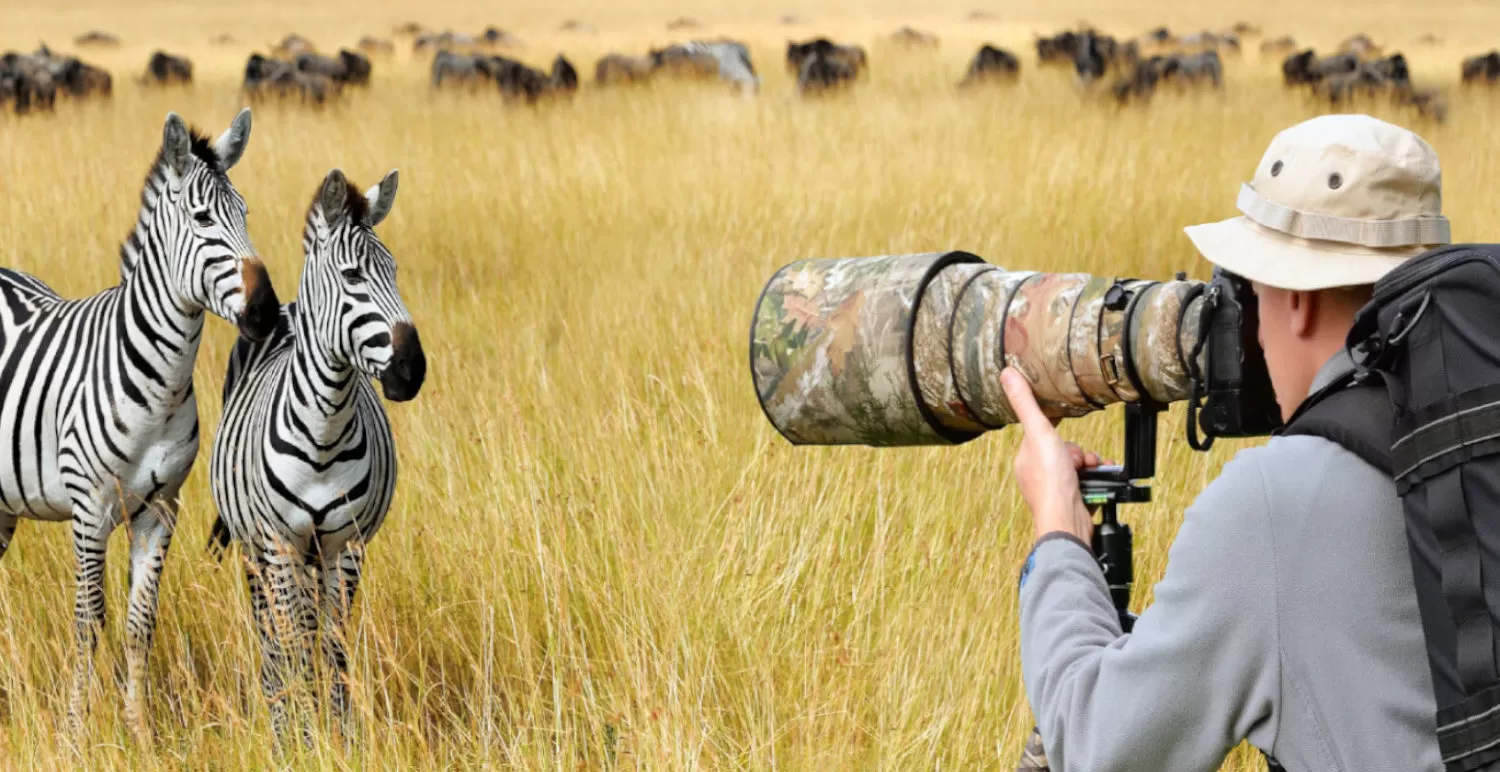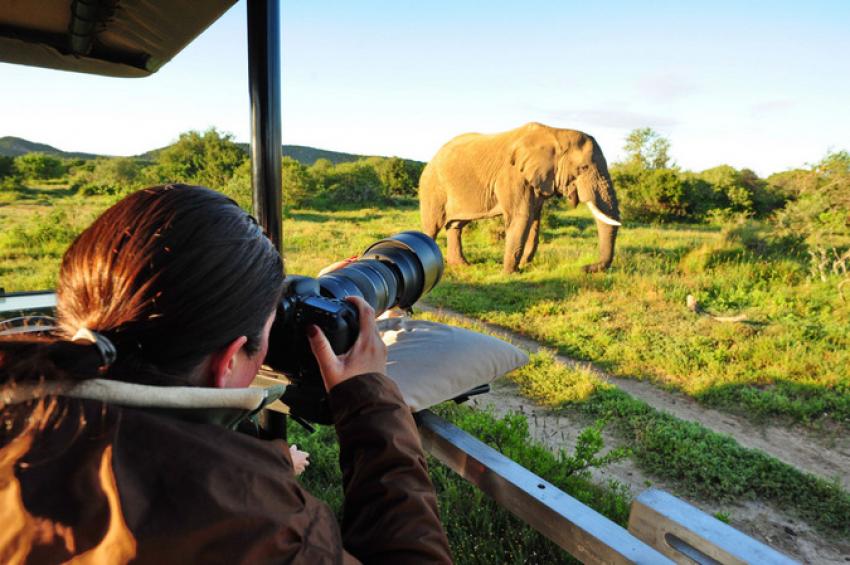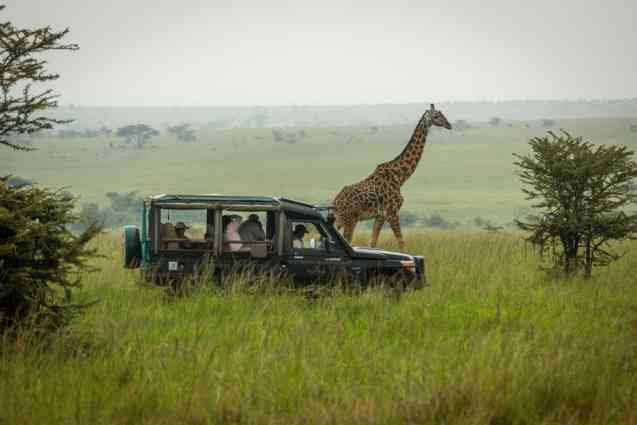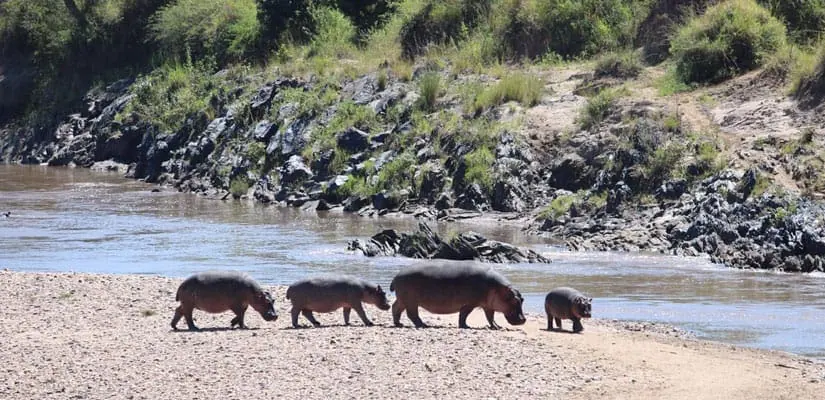- GET IN TOUCH WITH US:
- +256 753518160
- +256 777842166
- info@experiyatourcompany.com

Are there luxury mobile camps in Kenya?
November 19, 2025
What’s the best region for scenic landscapes?
November 19, 2025Can I Take a Photography Safari?
For travelers who see the world through a lens, a safari is more than just a holiday—it is an opportunity to capture nature in its most raw, untouched, and astonishing form. The question many aspiring photographers and wildlife lovers ask is simple: Can I take a photography safari? The answer is absolutely yes. Kenya, with its vast savannahs, dramatic landscapes, abundant wildlife, and golden African light, is one of the world’s premier destinations for photography safaris. Whether you are a professional photographer building a portfolio, an amateur looking to deepen your skills, or simply a traveler who appreciates the art of storytelling through images, a photography safari offers an immersive and deeply rewarding experience. This comprehensive guide explores everything you need to know about taking a photography safari: where to go, what to expect, how to prepare, and why this kind of journey can transform the way you see the world.
Understanding What a Photography Safari Is
A photography safari is a specialized wildlife excursion designed specifically for capturing high-quality images of animals, landscapes, and natural moments in the wild. Unlike traditional safaris, which may focus on general wildlife viewing, photography safaris prioritize positioning, lighting, timing, and patience. They allow photographers more time at sightings, better vehicle setups, and the guidance of expert photographic or wildlife professionals.
Instead of quickly moving from one animal to another, a photography safari encourages you to linger, observe, and wait for the perfect moment. You’ll learn how to use light creatively, how to compose wildlife shots that evoke emotion, and how to anticipate animal behavior. Every moment becomes an opportunity for artistry.
Photography safaris cater to all skill levels. Beginners benefit from hands-on guidance, while experts appreciate access to prime locations, private vehicles, and extended time in the field.
Why Kenya Is the Perfect Photography Safari Destination
Kenya is a dreamland for photographers because it offers unmatched wildlife diversity, colorful cultures, dramatic landscapes, and some of the most exceptional natural light on the planet. The country’s national parks and conservancies are home to iconic African species including lions, elephants, leopards, cheetahs, giraffes, rhinos, zebras, and countless bird species. Kenya’s wide open spaces and golden grasslands provide clean, uncluttered backgrounds that enhance the beauty of every shot.
One of Kenya’s greatest photography gifts is its soft early-morning and late-afternoon light. The warm glow casts long shadows, illuminates dust particles in the air, and creates ethereal scenes that give photographs a dreamy, cinematic quality. Whether you’re shooting portraits of Maasai warriors, documenting elephants silhouetted against Mount Kilimanjaro, or capturing a cheetah on a termite mound in the Mara, Kenya’s light and landscapes work together to elevate every image.
The Best Places in Kenya for a Photography Safari
Maasai Mara National Reserve
The Maasai Mara is one of the most iconic photography destinations in the world. Known for its predator density and the Great Wildebeest Migration, the Mara offers endless opportunities to capture dramatic wildlife scenes. The open plains create perfect visibility, making it easier to track animals and anticipate their movements. River crossings, lion hunts, cheetah sprints, and sweeping sunrise vistas are some of the many highlights photographers can expect.
Amboseli National Park
Amboseli is famous for its stunning views of Mount Kilimanjaro and its large elephant herds. It is the best place in Africa for capturing elephants up close against the backdrop of the tallest mountain in Africa. Dusty plains, marshes, and golden sunsets add to the dramatic visual appeal.
Samburu National Reserve
Samburu’s distinctive dry landscapes and rare wildlife species offer a special photography environment. Here, you can photograph the “Samburu Special Five”—reticulated giraffe, Grevy’s zebra, Somali ostrich, gerenuk, and Beisa oryx. The Ewaso Nyiro River adds reflections, textures, and movement to your compositions.
Lake Nakuru National Park
Famous for its flamingo populations and rhinos, Lake Nakuru is a wonderful location for bird and landscape photography. Pelicans, African fish eagles, and thousands of waterbirds create lively scenes, while the lake’s reflective surface enhances sunrise and sunset images.
Tsavo East and Tsavo West
These vast parks offer rugged, wild terrain that inspires dramatic photography. Tsavo’s red elephants, rocky outcrops, majestic baobab trees, and volcanic formations create a visually striking backdrop. Fewer crowds also mean more private sightings and extended time with wildlife.
Laikipia Conservancies
Laikipia is known for its exclusivity, stunning scenery, and thriving populations of endangered species such as black rhinos and wild dogs. The conservancies offer night drives, walking safaris, and photo opportunities that you may not find in national parks.
 What to Expect on a Photography Safari
What to Expect on a Photography Safari
Photography safaris are structured to maximize time, precision, and creativity. Each day begins before sunrise, when the light is soft and wildlife is most active. You head out in modified safari vehicles where roof hatches, side openings, or custom camera supports provide stability for long lenses.
During the morning game drive, your guide will position the vehicle strategically to capture the best angles. You may spend extended periods observing a single animal or scene, waiting for the perfect lighting or behavior. Afternoon drives begin after the heat subsides, once again focusing on golden light and vibrant wildlife activity.
In between drives, you may receive tutorials on camera settings, composition techniques, and post-processing. Evenings often include discussions with your guide or fellow photographers, reviewing shots and planning the next day’s strategy.
Patience is an essential part of photography safaris. What makes the experience particularly rewarding is the thrill of witnessing a moment unfold and capturing it with your lens. Whether it’s a cheetah cub playing, an elephant herd marching through the dust, or a lilac-breasted roller perched in perfect light, every sighting carries the potential for magic.
Choosing the Right Equipment for a Photography Safari
Photography safaris allow you to bring advanced equipment, but even beginners with simple gear can create exceptional images. Here are general recommendations:
A DSLR or mirrorless camera with fast burst capabilities
A telephoto lens (200-600mm range is ideal)
A wide-angle lens for landscapes and sunsets
Spare batteries and memory cards
A bean bag or camera support for stability
Lens cleaning gear to manage dust
Laptop for storing and reviewing images
While high-end gear enhances your potential, creativity and timing matter far more. The best photographs are often the result of anticipation, patience, and emotional connection, not just equipment.
What Skills Do You Need for a Photography Safari?
Photography safaris are open to everyone, from beginners to professionals. You do not need advanced skills to participate. Guides often help you understand exposure, shutter speed, ISO, and other camera settings as needed.
However, certain skills can elevate your experience:
Understanding your camera well
Knowing how to track moving subjects
Practicing composition techniques
Working quickly in changing light
If you’re new to wildlife photography, starting with a photography safari is one of the best ways to learn. The environment provides continuous opportunities to test and refine your skills.
Why Take a Photography Safari Instead of a Regular Safari?
Photography safaris differ from regular safaris in several key ways:
You get more time at each wildlife sighting.
You travel with guides experienced in photography and animal behavior.
Vehicles are customized for camera stability and clear views.
The schedule revolves around optimal lighting conditions.
You enjoy a slower, more intentional pace.
Additionally, photography safaris attract like-minded travelers who share an interest in capturing memorable moments. This creates a community atmosphere that enhances the overall experience.
When Is the Best Time for a Photography Safari in Kenya?
Photography safaris can be done year-round, but the ideal time depends on your goals:
January–March: Clear skies, dramatic scenery, and newborn wildlife.
June–October: The Great Migration in the Maasai Mara and peak predator action.
November–December: Green landscapes, migratory birds, and stunning skies.
Each season offers unique photo opportunities. Kenya’s varied habitats ensure that exciting photography is possible at any time of the year.
The Emotional Impact of a Photography Safari
Photography safaris are transformative. They heighten your awareness, deepen your appreciation for wildlife, and teach you to see the world differently. When you look through your lens, you start noticing the details—the flick of a tail, the curve of a horn, the glow in an animal’s eyes.
Many travelers describe a photography safari as meditative. The quiet waiting, the anticipation, and the humbling presence of the wild create an emotional experience that stays with you long after the journey ends.
Book Your Photography Safari with Experiya Tour Company
If you dream of capturing Kenya’s wildlife through your lens, book your photography safari with Experiya Tour Company. Their expert guides understand photography and know how to position you for the best shots. They offer private vehicles, flexible itineraries, and access to prime locations throughout Kenya’s top parks. With Experiya, you can focus on your creativity while they handle the logistics, comfort, and guidance needed for an exceptional photography adventure.




